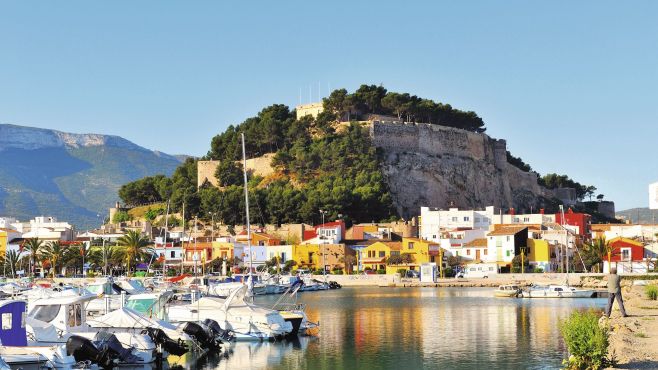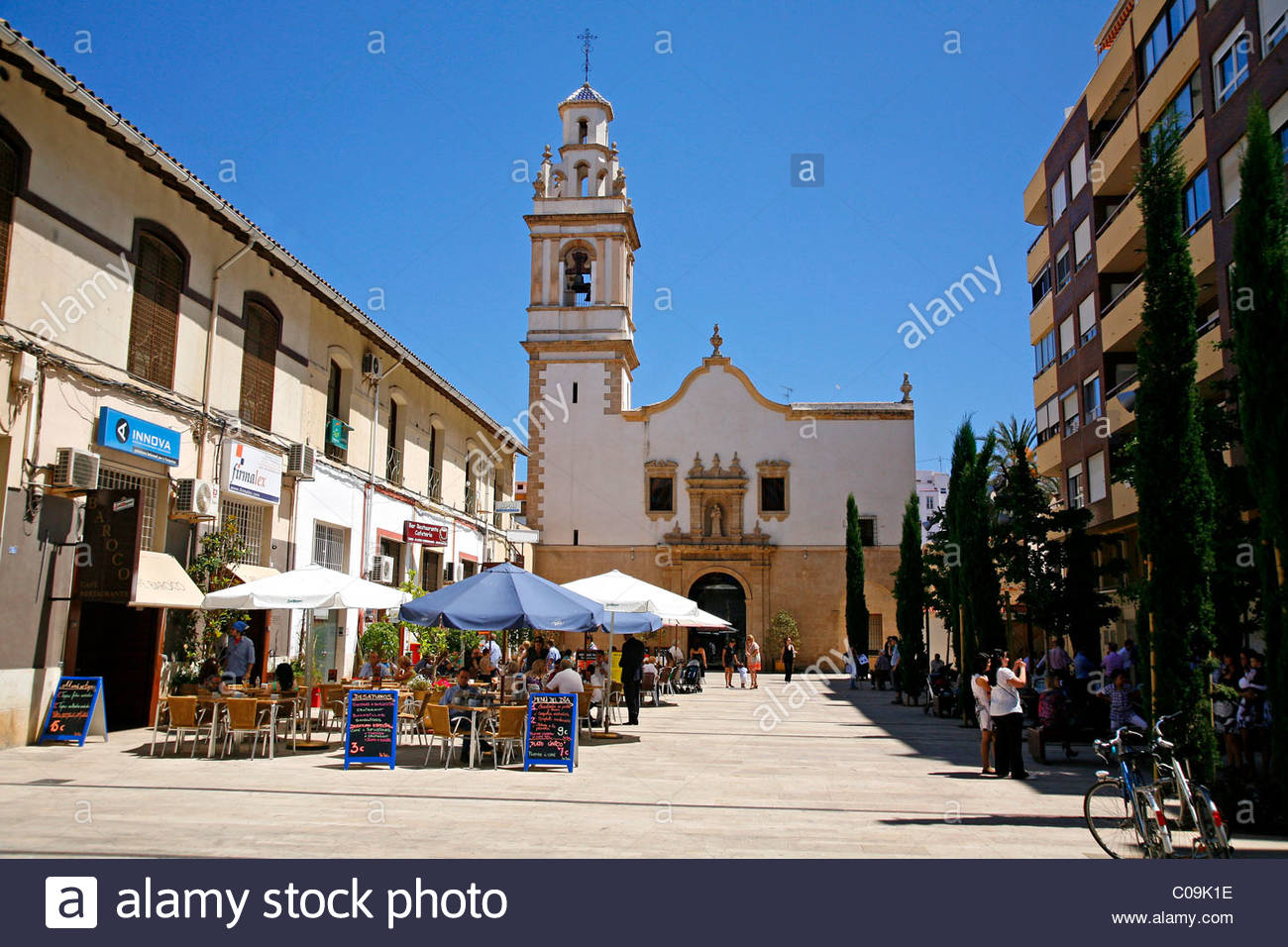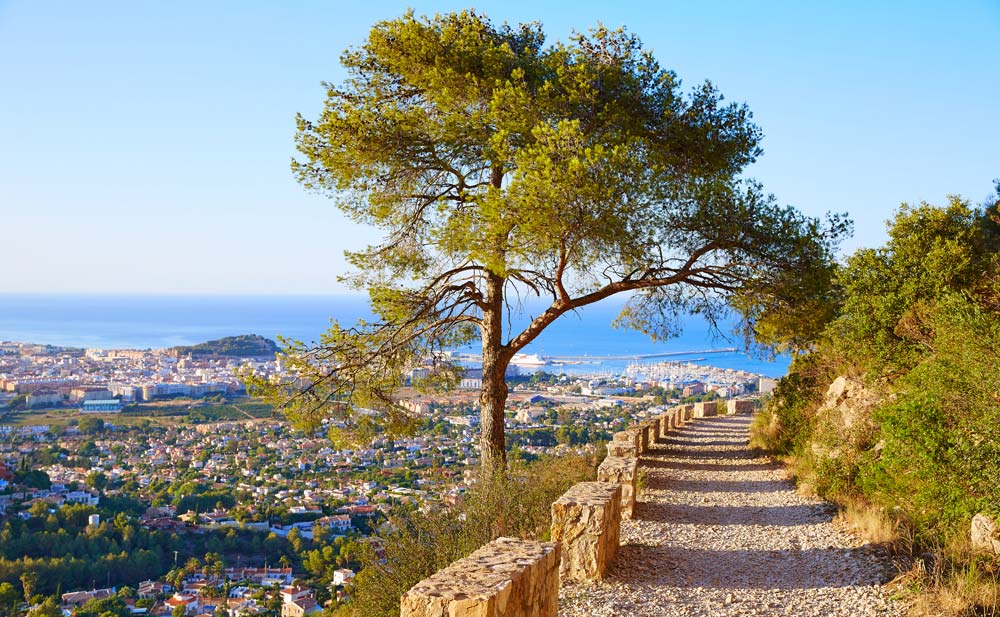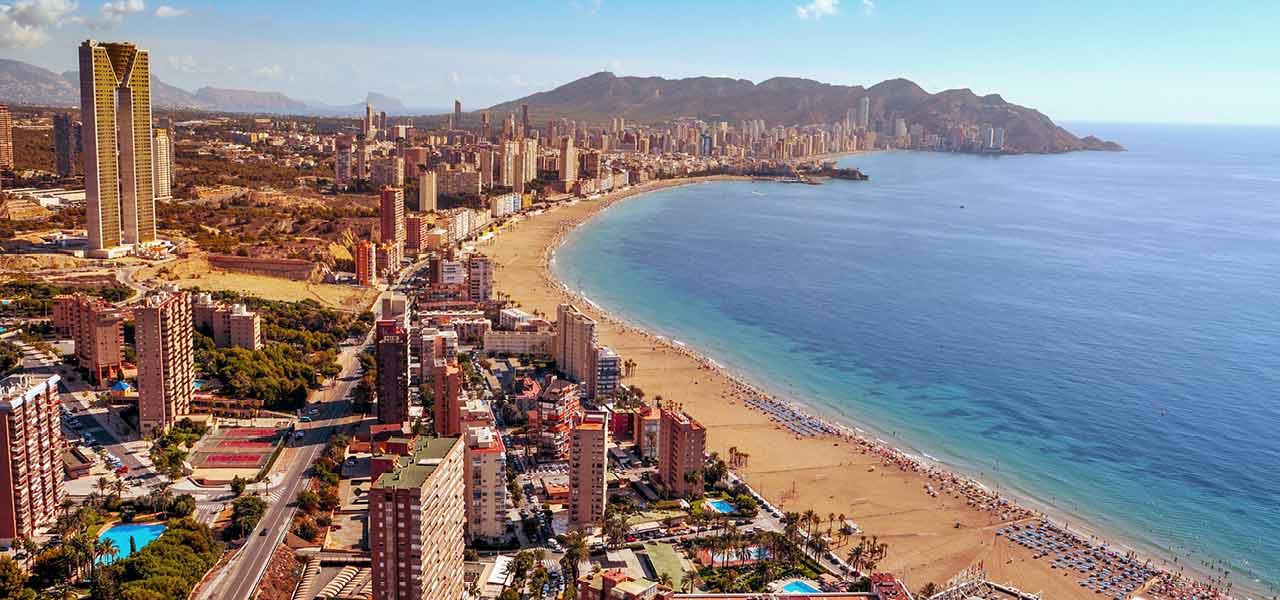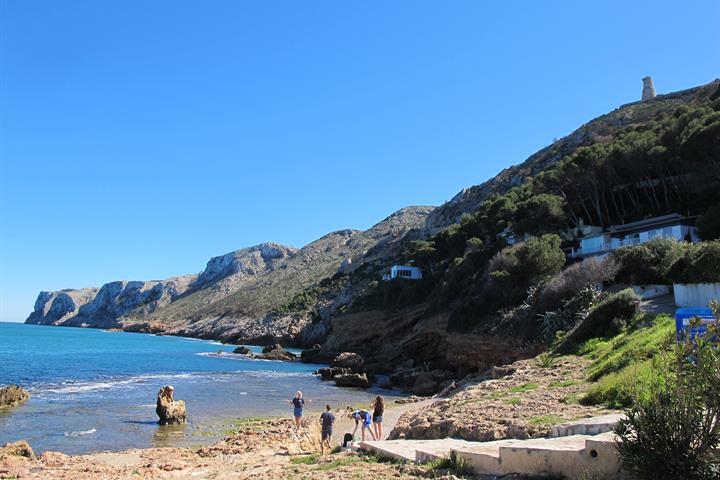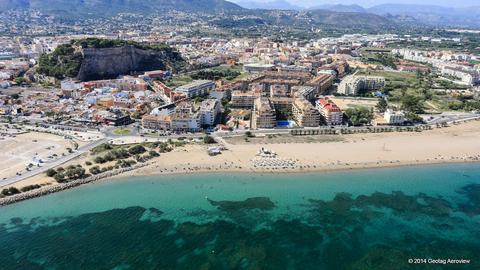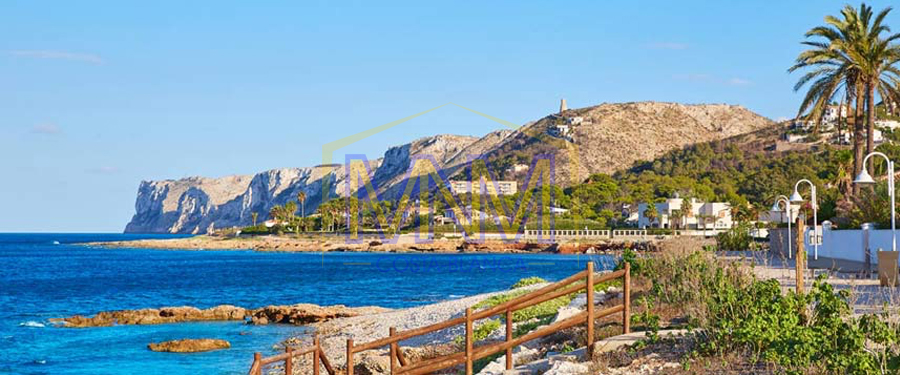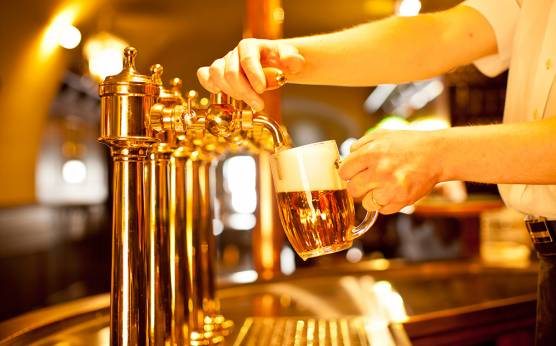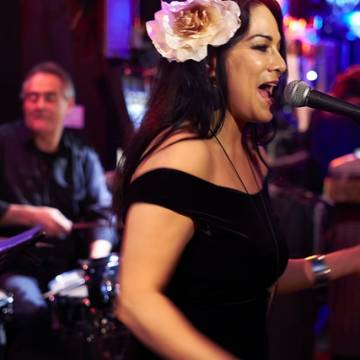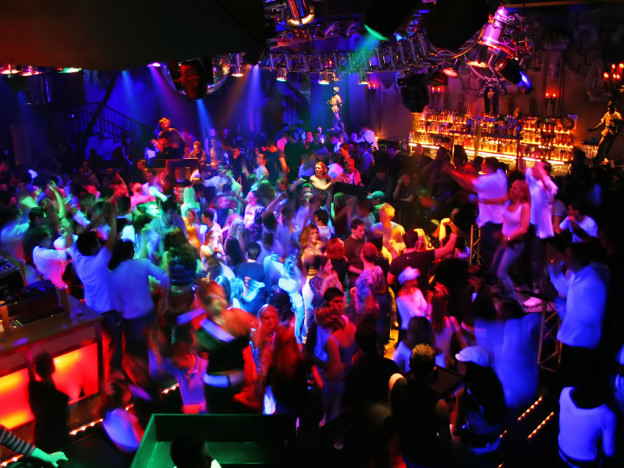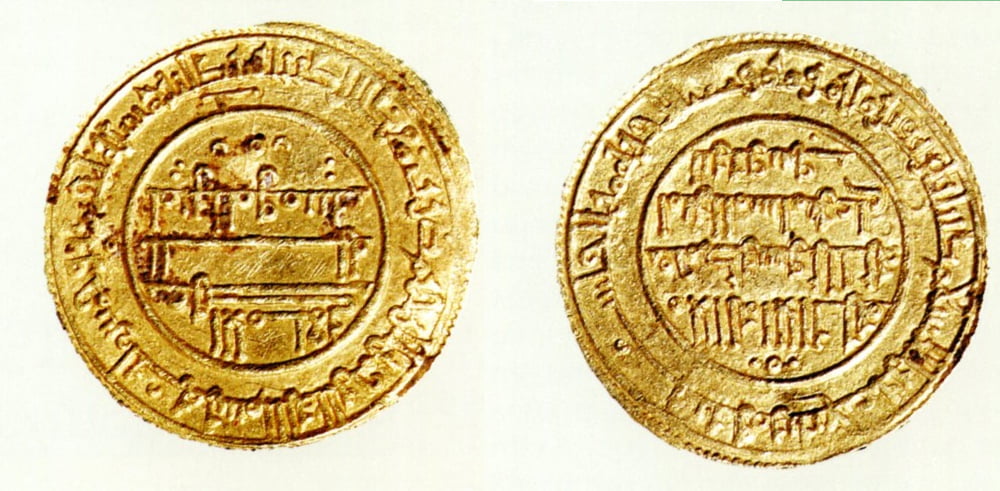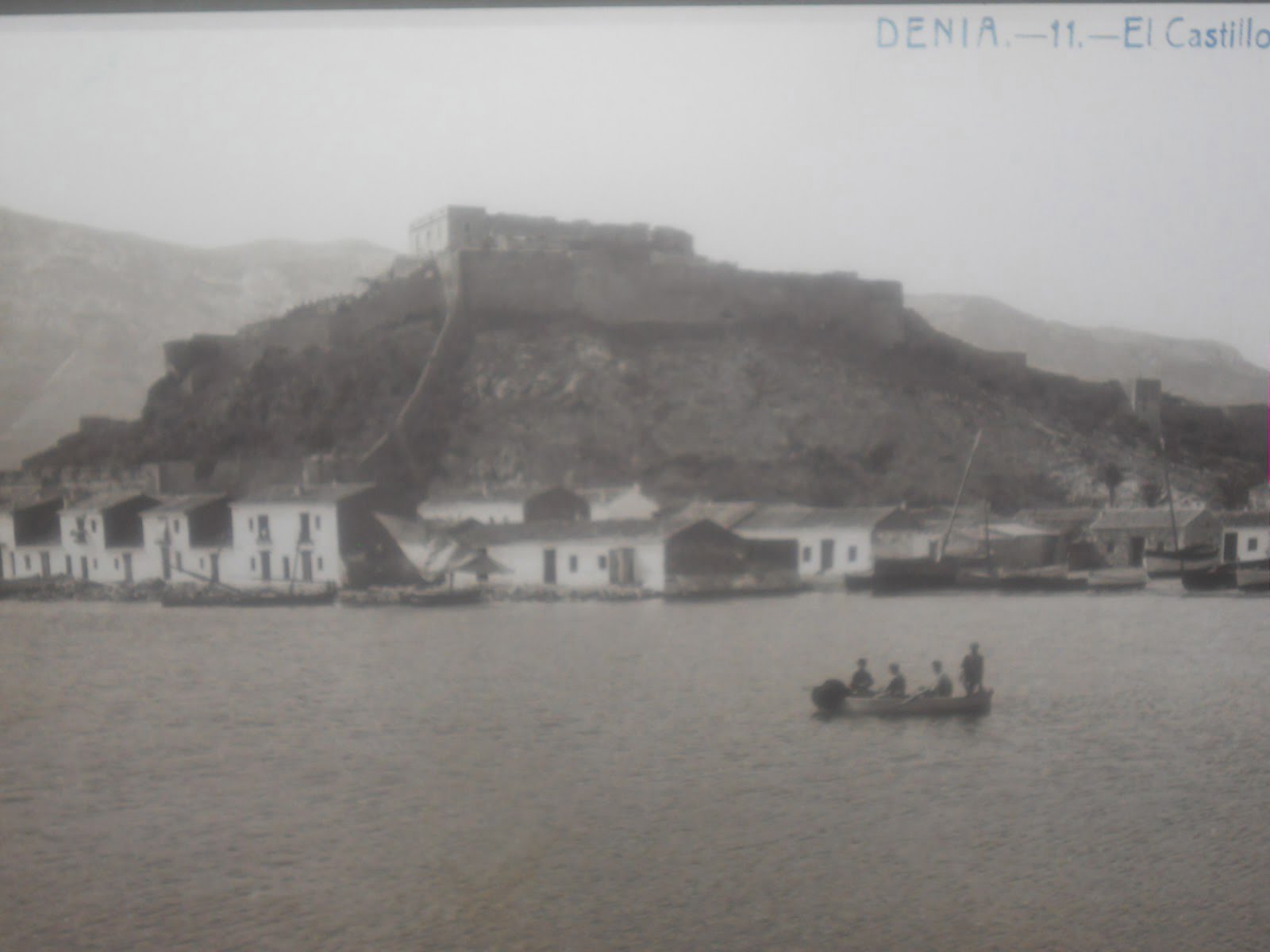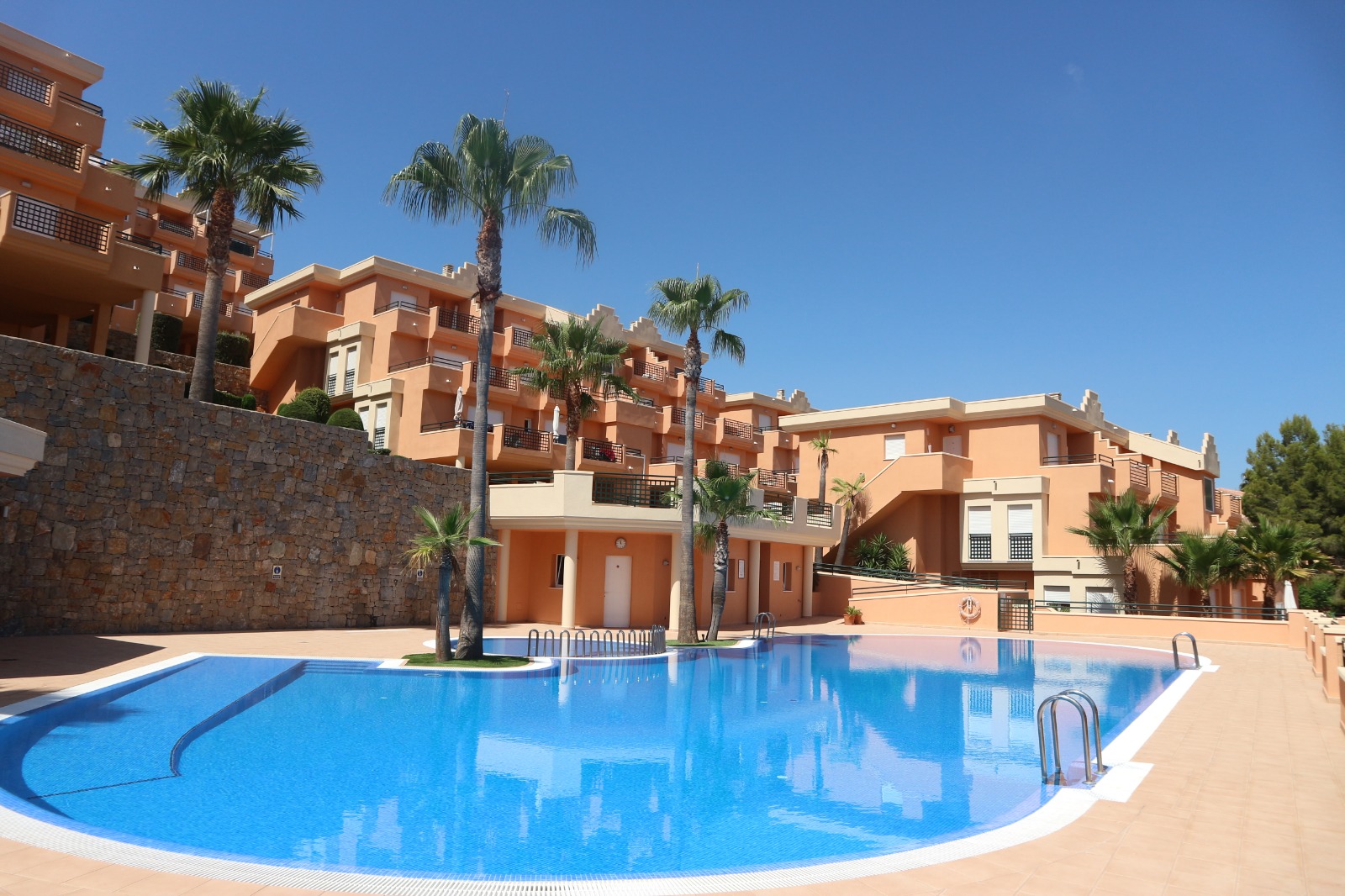Denia Spain
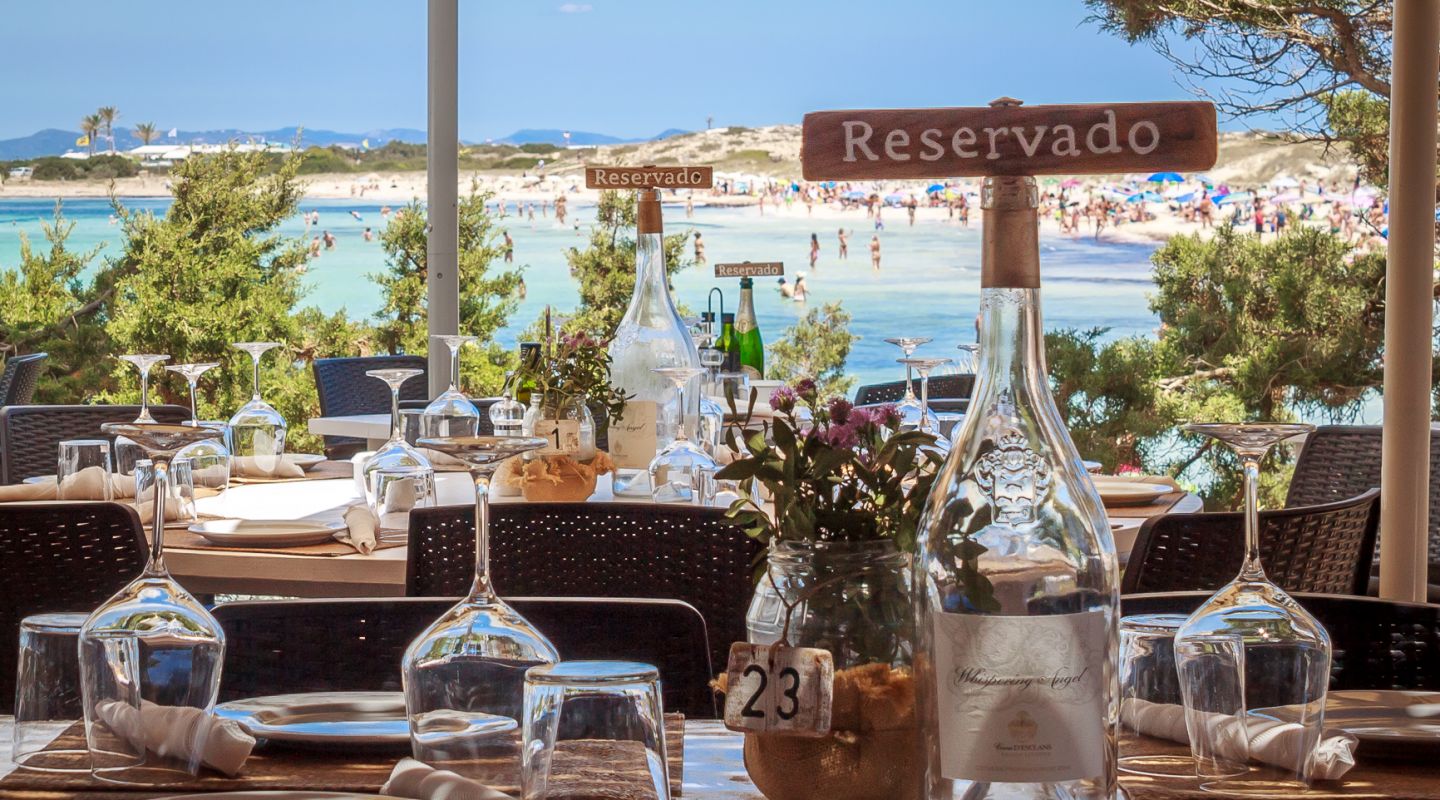
Among the many tourist destinations on the Costa Blanca, Denia is one of the most attractive. Not only does the resort offer beautiful beaches that the Costa Blanca is famous for, but also an interesting historical centre, remarkable artistic heritage, an active marina and spectacular natural surroundings.
If you’re looking for a an unforgettable beach holiday, but also some cultural attractions and interesting activities, discover in this guide what Denia has to offer for a perfect holiday on the Costa Blanca.
A visit to Denia Castle
Built on top of a cliff overlooking the coast, inhabited and fortified since Roman times, Denia castle is the symbol of the city. It is an unmissable attraction for those who spend their holidays in the area.
The fortress, that has been declared a “Monument of Cultural Interest” by the Spanish Government, was built in the 11th century, during the period of the Arab domination. The original architectural style was Almohad, but over the centuries the complex has undergone numerous changes and reconstructions. Today it is possible to identify elements added during the Renaissance period and the 18th century, as well as the remains of a Roman settlement.

The castle is the main tourist attraction of the town and often hosts cultural events and dramatised guided tours. At the top you can enjoy an incredible view of the old town, the coast and the Montgó massif, the most important mountain in the area.
Inside the fortified walls you’ll find an Archaeological Museum, a permanent exhibition on navigation and exploration activities in the Medieval period as well as a bar, where you can relax after the visit and enjoy the view.
Opening Hours:
November-March: 10:00-18:00
April-May: 10:00-19:00
June: 10:00- 20:30
1st of July to September 15th: 10.00-20.30 (occasionally opened until 00:30)
September 16th to 30th: 10:00-20:00
October: 10:00-18:30
Prices:
Adults: €3
Kids (8-16): €1
Retirees: €2
Students: €2
Groups (Min. 25): €2 per person
A walk through the historical centre

Denia’s historical centre is a fascinating mix of modern architecture and ancient neighborhoods; of elegant buildings and old fishermen’s houses; colorful and modern streets and alleys with an ancient flavor.
The Casco Antiguo is enclosed by a few streets located at the foot of the Castle, in the area adjacent to the Town Hall and the Iglesia de la Asunción. The layout largely reflects that of the 17th century, and is still possible to identify some buildings dating back to the 18th century, which was the golden age of the raisins trade, that brought a considerable amount of wealth and development to the area. In Calle Cavallers you’ll find the Ethnological Museum, that offers an insight into the life of the area during this period (the entrance is free).
Walking towards the sea, you’ll come across Calle Marques de Campos, a bustling tree-lined avenue full of shops and bars with terraces. In the parallel street, Calle Calderon, you will find a curious Toy Museum.
Once you arrive in the port area, you can visit the barrio Baix la Mar, the old seaside district. Located just below the castle, this neighborhood is shaped by narrow streets and characteristic fisherman houses, with picturesque facades painted in pastel colors. In the area closest to the port there are many bars and restaurants where you can taste some excellent fresh fish.
Enjoy beaches and watersports

For many, the beaches of Denia are the main reason for visiting the resort. The town boasts a coastline of almost 15 km, divided into two different stretches: Las Rotas, characterised by rocky and uncrowded coves, and Las Marinas, with its long and comfortable sandy beaches.
Both offer plenty of opportunities to have some fun: you can dive or snorkel to discover the magnificent seafloors of Las Rotas, or practice some water sports in Las Marinas area, such as windsurfing, kitesurfing, stand up paddling and kayaking.
The town also hosts a very active marina. This is the the right place for those looking for some relaxing activities along the coast: here you can rent a sailing or a motor boat, or embark on a fishing trip.
In the surroundings of the Club Nautico you’ll also find several nautical equipment rentals, with all you may need to spend an active day at the beach: from jet skis to small boats, kayaks, canoes, SUP, etc.

The beach area is also perfect for cycling, running or just walking, thanks to the beautiful promenade that starts in the marina and runs along the Marineta Cassiana and Las Rotas beaches. The paseo continues further south to the Cabo San Antonio Natural Reserve, named after a spectacular cliff that guarantees magnificent views of the coast. It can also be accessed via a nice hiking path.
Shop at local markets

Denia offers many opportunities for shopping lovers. In the area of Calle Marques de Campo and the neighborhood of Baix la Mar you will find many craft shops and small boutiques to search for the perfect item of clothing, accessory or souvenir.
If you want to have a taste of the local products, you should visit the Mercado Municipal, held from Monday to Saturday in Calle Magallanes (not far from the Castle). Every Monday and Friday, just outside the Mercado main building, there is an open air market of fresh local products (mainly fruits and vegetables), definitely worth a visit. Here you will have the opportunity to experience some of the colours and flavours of the local gastronomy.

On Mondays there is a weekly market selling everything from clothes to food products in the Explanada de Torrecremada, an open air area located just west of the town centre. In the same place, on Fridays, there is a flea market.
A place definitely not to be missed is the Lonja de Denia (the fish market). From Monday to Friday, starting around 17:30, you can attend the fish auctions, held just a few minutes after the fishing boats moor in the port. A unique experience and an opportunity to wet your appetite.
Explore the Montgó Natural Reserve
The landscape of Denia is dominated by the imposing figure of the Montgó, a mountain 800 metres high located at a short distance from the coast. With its surroundings it forms a Natural Park, home to 650 different species of flora and a rich fauna (eagles, peregrine falcons, owls, foxes, wild boars, genets). The park offers numerous paths worth exploring by bike or hiking.
Denia and the surrounding area is a paradise for bike lovers. Apart from exploring the coast by taking advantage of the pleasant beach promenade, you can venture inland by following the Via Verde de Denia, a spectacular cycling route built over the former train line that linked Denia and Gandia.
If a simple walk is not enough, take advantage of the many adrenaline filled activities available in the area: canyoning, climbing, caving, quad or 4X4 excursions… the choice is yours. Companies like OK Aventuras and Tururac organise a large number of adventures throughout the year.
Take a ferry to Balearics
Who can say no to a trip to the Balearic Islands? Denia is the closest Spanish town to the archipelago: less than 100 km separate the resort from Ibiza. For many tourists who spend their holidays in one of the many villas in Denia, the idea of a day trip to the incredible beaches of Ibiza, Majorca or Formentera is too tempting to be ignored!
There are up to three trips per day to the Islands during the high season (get all the information on the Balearia Ferries official website) and the crossing to Ibiza takes from 2 to 5 hours (depending on the type of ferry). The cost of a return trip starts at around € 60.
| Country | Spain Denia |
|---|

